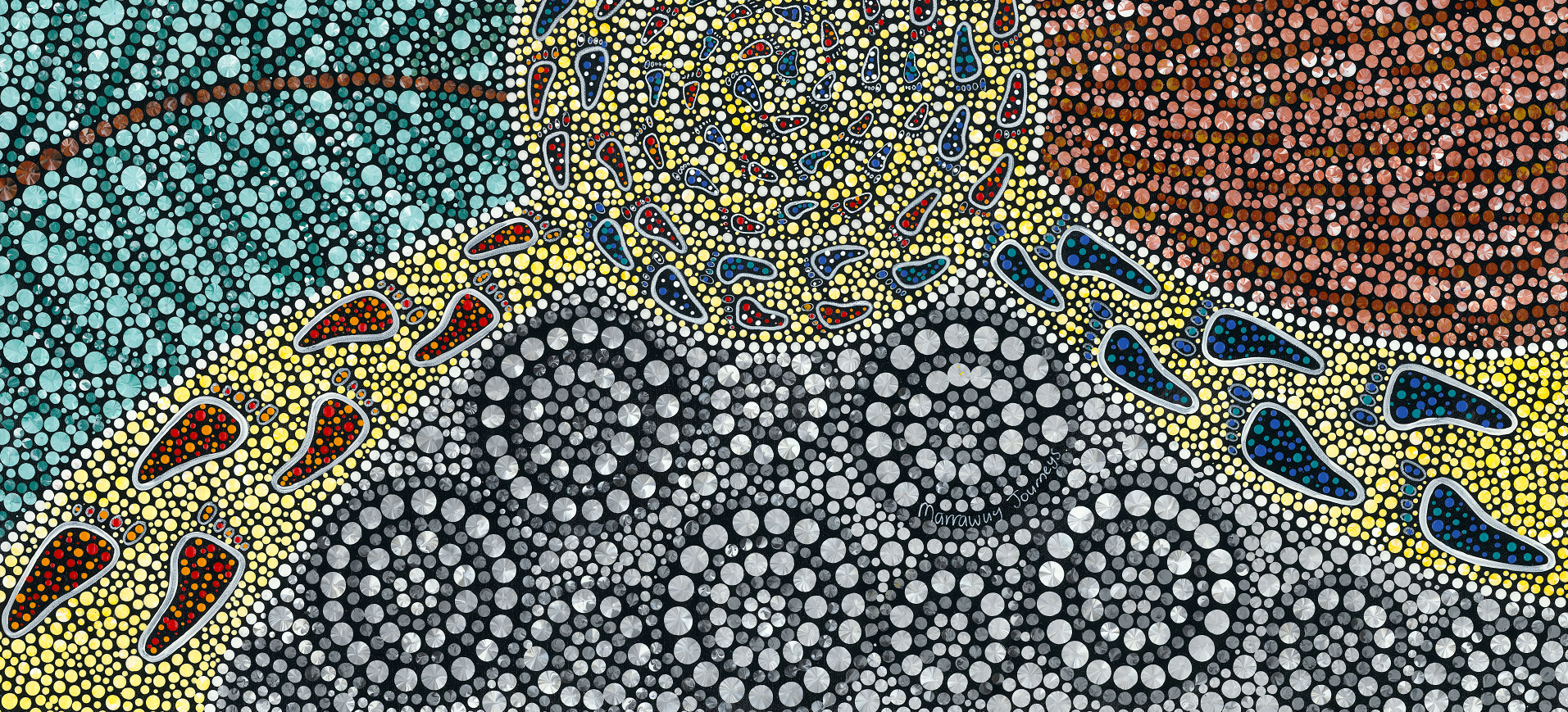Clinical examinations – Online
Candidate briefing video
The candidate briefing video provides information about the:
- examination structure
- examination stations
- allowable and prohibited materials.
It is recommended that you watch this video prior to attending the clinical examination.
Report time
You must be logged into the designated link by the time specified for the examination.
Use of mobile phones during the examination
For the AMC to communicate with you in the event of a technical issue, you are permitted to have your mobile phone switched to silent in the same room. You are required to show the invigilator that your phone is switched to silent, with the vibration function off. Only one phone is permitted.
Technology requirements
You must comply with the following technology requirements:
Desktop or laptop
The device used to undertake the examination must be either a desktop or laptop computer.
- Tablets and mobile devices cannot be used
- You need to ensure you have administrator privileges on the device to enable software installation
Windows 11 operating system
The device must be running the Windows 11 operating system.
- This can be PC, or an Apple computer set up to dual-boot into Windows 10/11
- OS X is not supported
Screen size
The screen size for your device must be a minimum of 14 inches.
Webcam
A webcam must be used and positioned at roughly eye level.
Headphones
Use of headphones is compulsory. These must be plug-in headphones with a microphone.
- Wireless or Bluetooth headphones are not permitted due to risks of battery failure and poor-quality audio connection.
- You must have a second pair of headphones ready in case there are technology issues with your first pair.
- Failure to wear headphones will result in you being unable to continue with your examination.
Internet connection
There must be a reliable, high speed internet connection available in the examination location.
Room setup
You must be the only person in the examination room, and it must be free of distractions for entire examination period.
If you are unable to comply with these requirements, you will not be permitted to sit the online clinical examination.
Refer to the Clinical Examination Specifications for further information.
